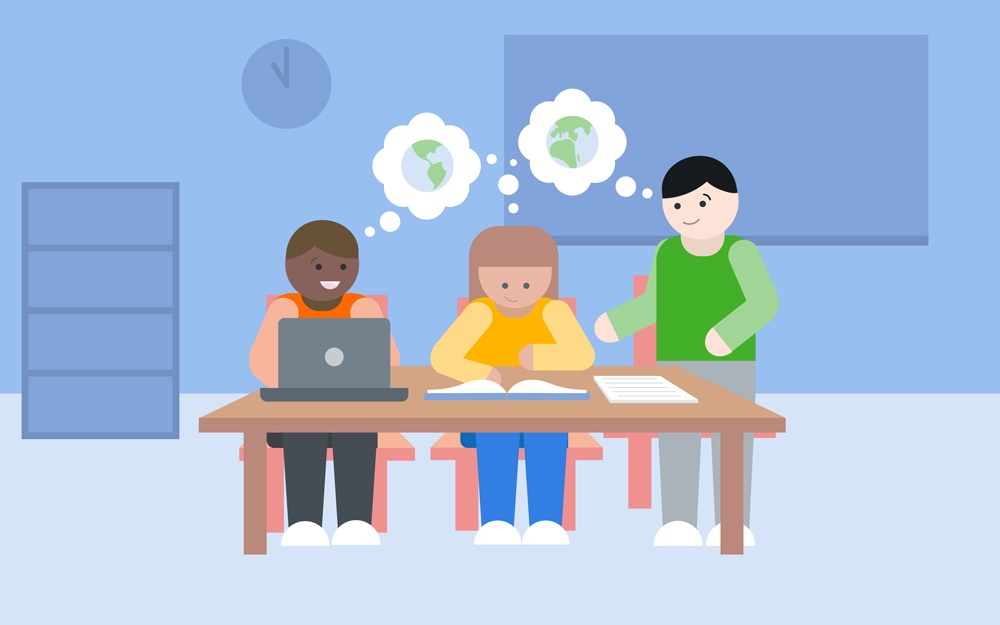This article explores the concept of personalized learning and its potential to revolutionize the way we teach and learn. It discusses the benefits of personalized learning, the challenges, and considerations involved in its implementation, and provides examples of personalized learning in action.
Education has traditionally been a one-size-fits-all approach, with teachers providing instruction to a classroom of students with varying backgrounds, interests, and learning needs. However, in recent years, there has been a shift towards learning, which aims to tailor education to the unique needs of each individual student. Learning has the potential to revolutionize the way we teach and learn, providing students with a more engaging and relevant educational experience.
What is Personalized Learning?
Personalized learning is an approach to education that recognizes that every student has unique needs, abilities, and learning preferences. Instead of following a one-size-fits-all approach, personalized learning aims to tailor education to the individual student.

This involves adapting instruction, content, and assessment to the specific needs of each student, with the aim of improving engagement, motivation, and achievement.
Learning can take many forms, including adaptive learning technologies, project-based learning, and competency-based education. Adaptive learning technologies use algorithms to provide students with customized learning experiences, adapting the difficulty level and pace of instruction to the individual student’s needs.
Project-based learning involves students working on real-world projects that are relevant to their interests and goals, while competency-based education focuses on the mastery of specific skills or competencies rather than traditional grades.
The goal of learning is to provide a more engaging and relevant educational experience for students, which in turn can lead to improved motivation and achievement. By tailoring instruction and assessment to the individual student, learning can also help to identify and address learning gaps, leading to better outcomes.
Overall, learning recognizes that every student is unique and has different needs and learning styles. By tailoring education to the individual student, learning has the potential to revolutionize the way we teach and learn, providing a more effective and engaging educational experience for all students.
Benefits of Personalized Learning
Personalized learning offers a range of benefits for both students and teachers. For students, learning can provide a more engaging and relevant educational experience, leading to improved motivation and achievement. By tailoring instruction and assessment to the individual student, learning can also help to identify and address learning gaps, leading to better outcomes.
For teachers, personalized can help to reduce the workload associated with creating and delivering instruction to a diverse range of students. By leveraging technology and other tools, teachers can provide more targeted instruction and assessment, freeing up time for other important activities such as providing feedback and support.
Challenges and Considerations
While personalized has the potential to revolutionize education, there are also a number of challenges and considerations to keep in mind. One of the biggest challenges is ensuring that teachers have the necessary training and support to effectively implement personalized. This may involve upskilling teachers in new technologies and teaching methods, as well as providing ongoing support and professional development.
Another consideration is ensuring that the technology and tools used in personalized learning are accessible and inclusive for all students. This may involve addressing issues of equity and access to technology, as well as considering the needs of students with disabilities or other learning challenges.
Examples of Personalized Learning

Personalized learning is already being implemented in a number of schools and educational institutions around the world. For example, Summit Public Schools in California has implemented a personalized learning model that includes a mix of online and in-person instruction, with students working at their own pace and receiving personalized support from teachers and mentors.
In Singapore, the Ministry of Education has introduced a new model of personalized learning that focuses on developing students’ 21st-century competencies, including critical thinking, collaboration, and communication skills. This involves a mix of technology-enabled learning and collaborative, project-based learning experiences.
Conclusion
Personalized learning has the potential to revolutionize the way we teach and learn, providing students with a more engaging and relevant educational experience. By tailoring instruction, content, and assessment to the unique needs of each individual student, personalized learning can improve engagement, motivation, and achievement.
However, implementing learning requires careful consideration of the challenges and considerations involved, including providing teachers with the necessary training and support, addressing issues of equity and accessibility, and ensuring that technology is used in an inclusive and effective manner.
With careful planning and implementation, learning has the potential to transform education and improve outcomes for all students.







